
A few weeks ago, I was getting Jack’s room ready to paint and tested a few colors. I ended up hating both, but what I really hated was the aggressive popcorn texture all over his walls. They made the room feel smaller and darker because all those little specks cast little tiny shadows on the wall.
The room just looked a little old. I mean, it is old—our house was built in 1926. Apparently texturing walls is common in Colorado too, so many people said that certain areas in the country seem to have heavily textured walls while others don’t!

How To Remove Texture From Interior Walls
I sent a picture to my sister and her response—”can you sand the walls down?!” so I hopped on Instagram and polled you guys for what to do to get rid of the wall texture. You guys quickly let me know that there’s a few different ways to remove texture from your walls to make it look fresh and more modern:
- Skim coating (the most popular response)
- Install new drywall
- Sand (but be careful with older homes, asbestos are common)
- Cover with paneling (I’ve got big ideas for other areas of the house!)
After a little more research and talking to some of my interior design friends, I decided to skim coat the walls. This process requires you to take drywall joint compound to coat the walls and then sand to create a smooth surface before painting.
Didn’t sound that bad! Plus, I learned that it was a pretty expensive job to hire out—around $1000 per room, depending on the size. The supplies are pretty cheap. I think I spent under $200 to complete the whole room, so DIY is what I did! I admittedly love a good challenge and home improvement is one area where I’m filling to spend the time doing it!
There’s definitely a learning curve, and by the final wall, I’d really found my groove—of course. Hopefully I can share some tips that I got from readers and from my own experience to make it easier for you if you decided to tackle this project in your own home.
Tools Needed
- plastic drop cloth
- painter’s tape
- joint compound (I went through 2.5 of the 4.5 gallon buckets)
- large (14″) taping knife
- small (6″) taping knife
- 14-16″ drywall mud pan
- paper towels
- pole sander and pole attachment
- sanding screens, 120 grit
- sanding block, fine grit
- N95 mask (we had an old one in my tool box)
- safety goggles
- shop vacuum (regular vacuum will NOT work, I tried!)
- Kilz drywall primer (an extra, but necessary step to seal the drywall before painting)
I ordered everything from my local Home Depot and then picked it up curbside! So easy and handy!
Instructions
Step 1
You’ll want to prep the room first. Remove all furniture, rugs, etc. and tape the baseboards to protect them from inevitable joint compound drips. Make sure to cover the floor with a drop cloth as well.
Step 2
Use your small taping knife and scoop some joint compound into your mud pan. Then use the larger one to smooth joint compound on the wall. You’ll want to work in small sections—about 2′ x 2′ areas at a time worked for me. I found that holding the large taping knife at about a 45 degree angle to the wall worked pretty well.
After each pass, you’ll want to scrape your taping knife off on the mud pan to remove excess. Continue this process until you’ve covered the whole room. If you have any areas where there are thick globs or seams that stick out a lot, go over them with your smaller taping knife after it’s somewhat or totally dry. This will make for less sanding at the end.
When applying the compound, err on the thick side! Super thin layers of joint compound might mean you’ll need a third coat and that was not something I was interested in doing.
I won’t lie, this is long, hard work, and you’ll still be able to see some texture with just one coat. But stick with it, I promise it’s worth it.
There’s another method that you can utilize where you thin the joint compound with water and roll it on with a thick nap roller. I did try this at first and it just didn’t work for me. I wish it had because it seemed much faster. My guess is that this would work well for walls with orange peel texture.

Step 3
Let the first coat of joint compound dry completely overnight. You’ll notice that the joint compound changes from dark grey to light grey once it’s dry. When it’s dry, do a second coat!
You might be asking yourself at this point why the heck you decided to do this, but as soon as you do that first section of the second coat, you can really start to get an idea of how much better it’s going to look.
Once you’re done, go back and scrape any large chunks or seams off with your small taping knife. Fill any holes or bubbles. Basically do a detailed examination of the wall and see if there’s any areas that need to be fixed before the next step. Let it dry overnight.

Step 4
Let the second coat dry completely, and then it’s time to sand! This is the messiest step and is exactly why you removed all the furniture. Make sure you’ve taped over air vents and the bottoms of doors or put plastic over any openings into other rooms to avoid spreading drywall dust to the rest of the house. This dust is superfine and the more contained you can keep it, the better—trust me!

Make sure you wear goggles and a mask while doing this too—you don’t want to breathe in that dust! I would also suggest taping down disposable plastic drop cloths. Once the dust is all settled, you can easily wrap these up and get rid of them. I did not do this and clean up felt like it took as long as the sanding.
I used a pole sander with a 120 grit sanding screen for the first couple of passes. This was much easier than hand-sanding everything and knocked off a lot of the bigger seams and uneven areas. I found that I could cover a much larger amount of space in a shorter time than I could with sanding.

Then I used a sanding block for the corners, around windows and just a final pass over the whole room. Some areas will need it more than others. I had a lot of wavy areas (you can see them in the image above) that I realized I could sand down to be totally smooth.
Step 5
Clean! Hopefully you used the plastic drop clothes unlike me and clean up isn’t too bad. If you have a shop vac, AMAZING! I did not and tried a regular vacuum, disaster. It blew dust everywhere and didn’t do a good job of sucking it up. I ended up on my hands and knees wiping the floor 5x over with wet paper towels to get all the dust.

I’d also recommend using a microfiber cloth before priming (one of the many tips that a follower Kacey shared with me—thank you Kacey, you SAVED me so many times on this project!) to wipe down the walls because there’s so much extra dust just sitting on them.
Step 6
Take a moment and admire your smooth walls—you’re so close!
Step 7
I didn’t know about this step until Kacey informed me. Again, she seriously saved me from screwing this project up. I used Kilz primer that seals the drywall, prevents and old, previous stains from coming through and helps paint adhere evenly and smoothly. I bought a cheap-o paint roller for this step so I could just toss it at the end because the Kilz is hard to get off.
It took me about 45 minutes to cut in on the whole room (meaning, I used a brush to go around all the edges and windows), and another 45 to roll the walls. I only did one coat of primer, which dries within an hour.
Step 8
Paint the room! Are you so excited? You’re nearly done!!! Painting is also quick and the most exciting part because you can really see the room coming together. For Jack’s room, we used Benjamin Moore’s Seattle Gray in a flat paint finish. A flat paint hides texture the best, which was helpful because my walls were definitely not perfect!
When painting, I start with cutting in first because this part is more tedious. Then I roll the walls. Two coats was perfect! Remove the tape before the paint dries, otherwise you might pull it off with the tape.
Let it all fully dry and clean up once again! Move your furniture back in and enjoy your gorgeous new walls!
Before & After


This project was definitely a labor of love, but I’m so happy with how it turned out and think it was 100% worth the week I dedicated to it! Will I be skim coating the rest of the textured walls in my house? Not anytime soon, but who knows, maybe I’ll get motivated again in another few months to tackle another area. Or, maybe I’ll just do wall paneling in those areas instead, ha!
Happy skim coating people!
BTW, affordable fall decor refresh, and the best white paint colors for interiors.
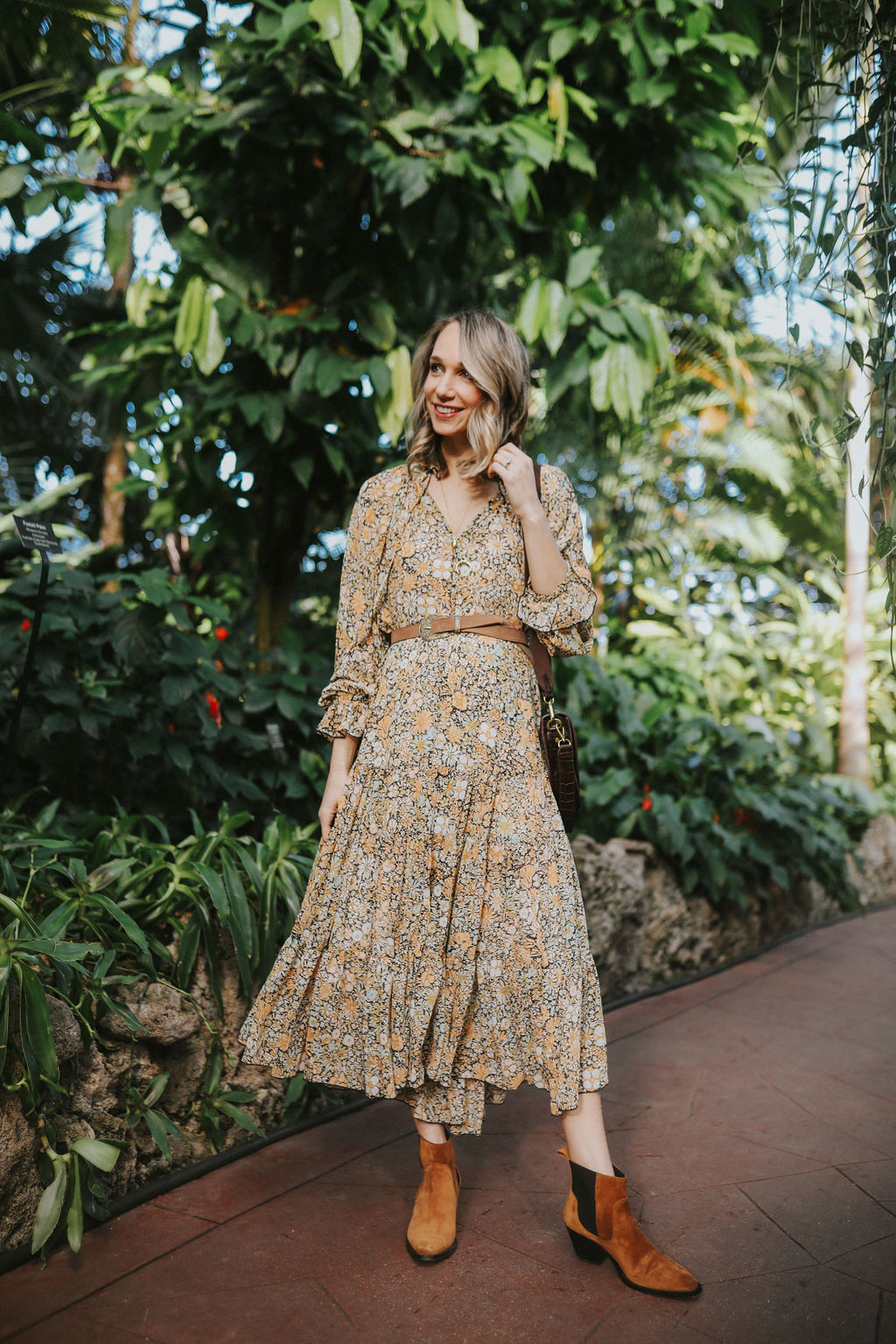

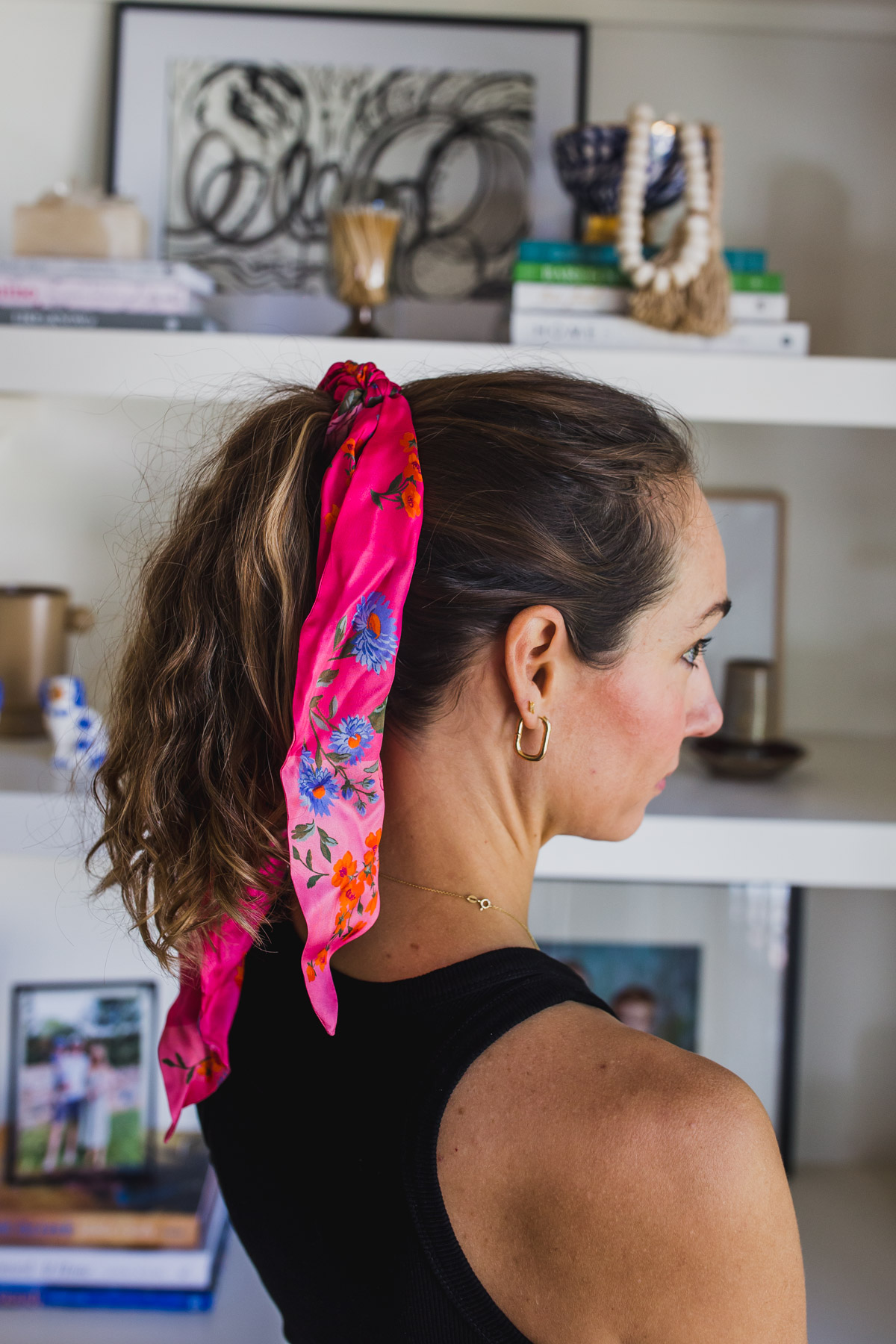
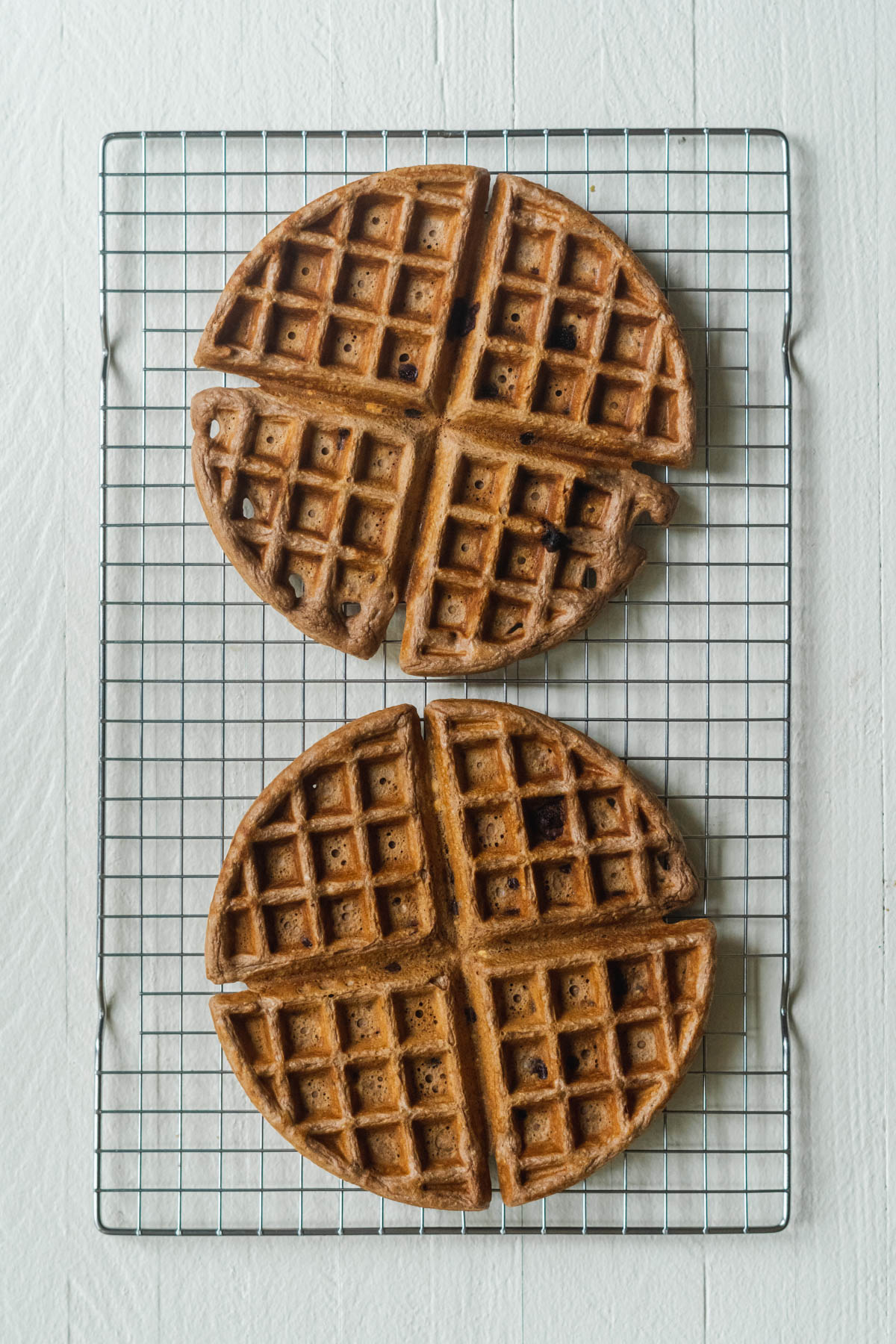
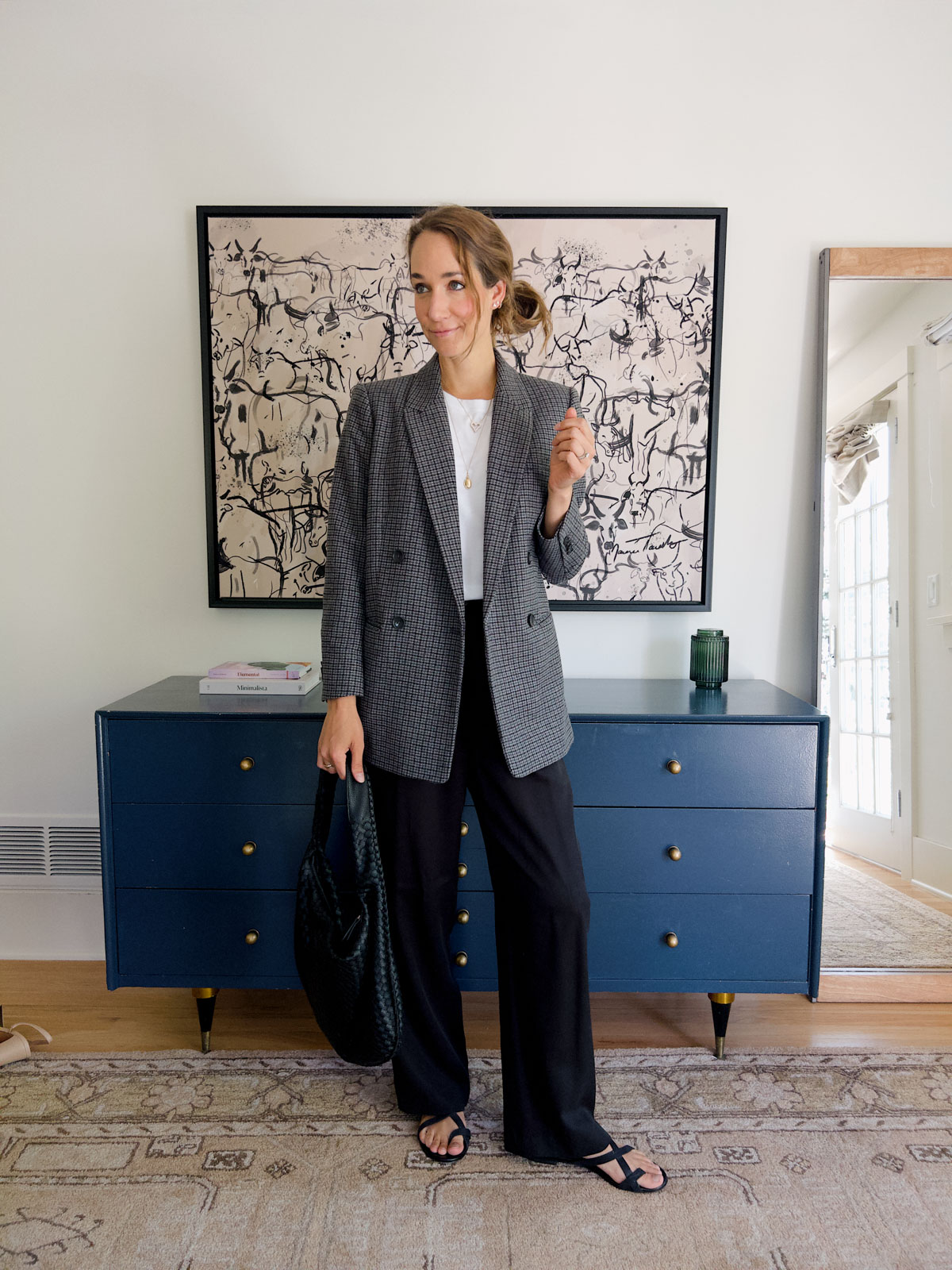
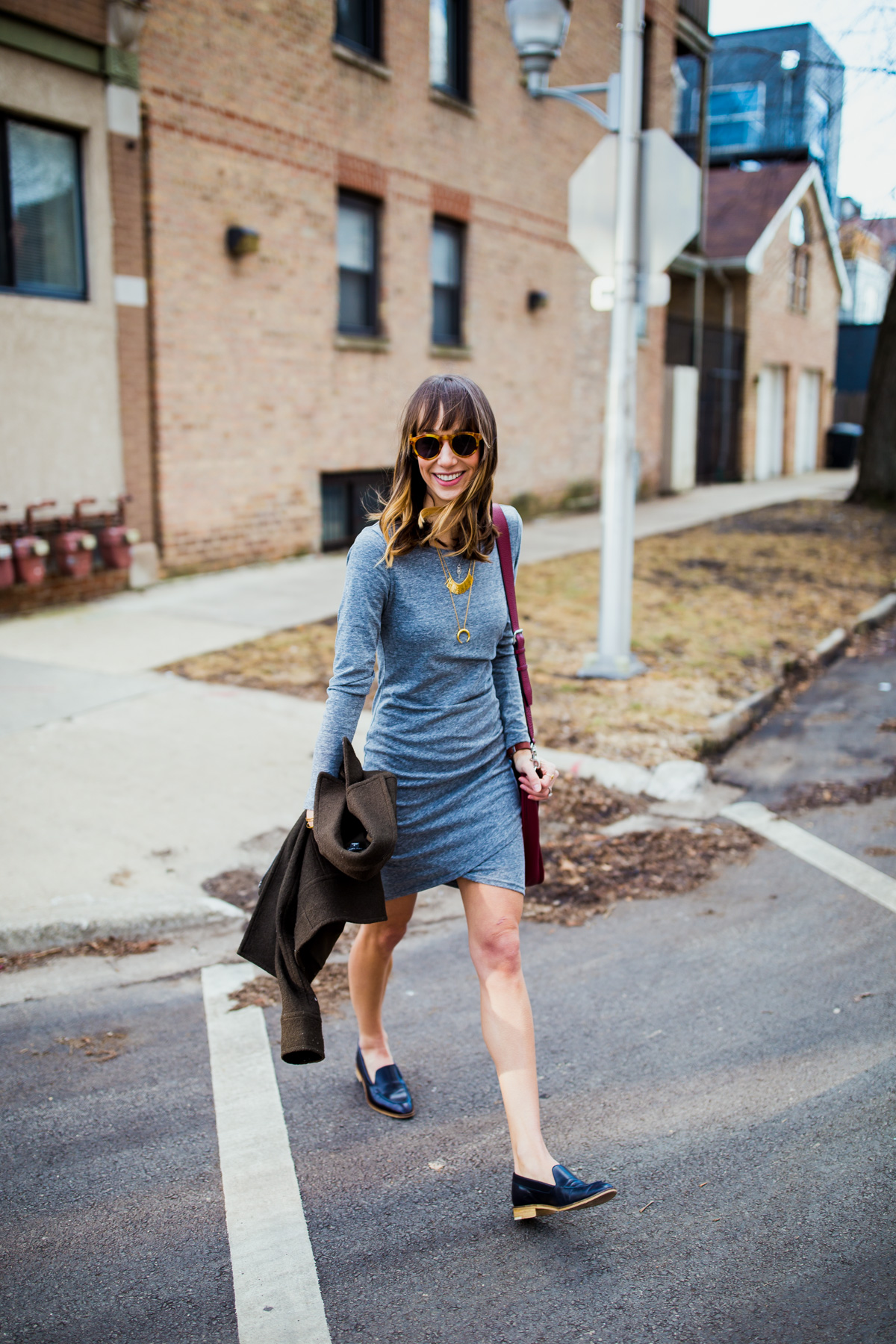


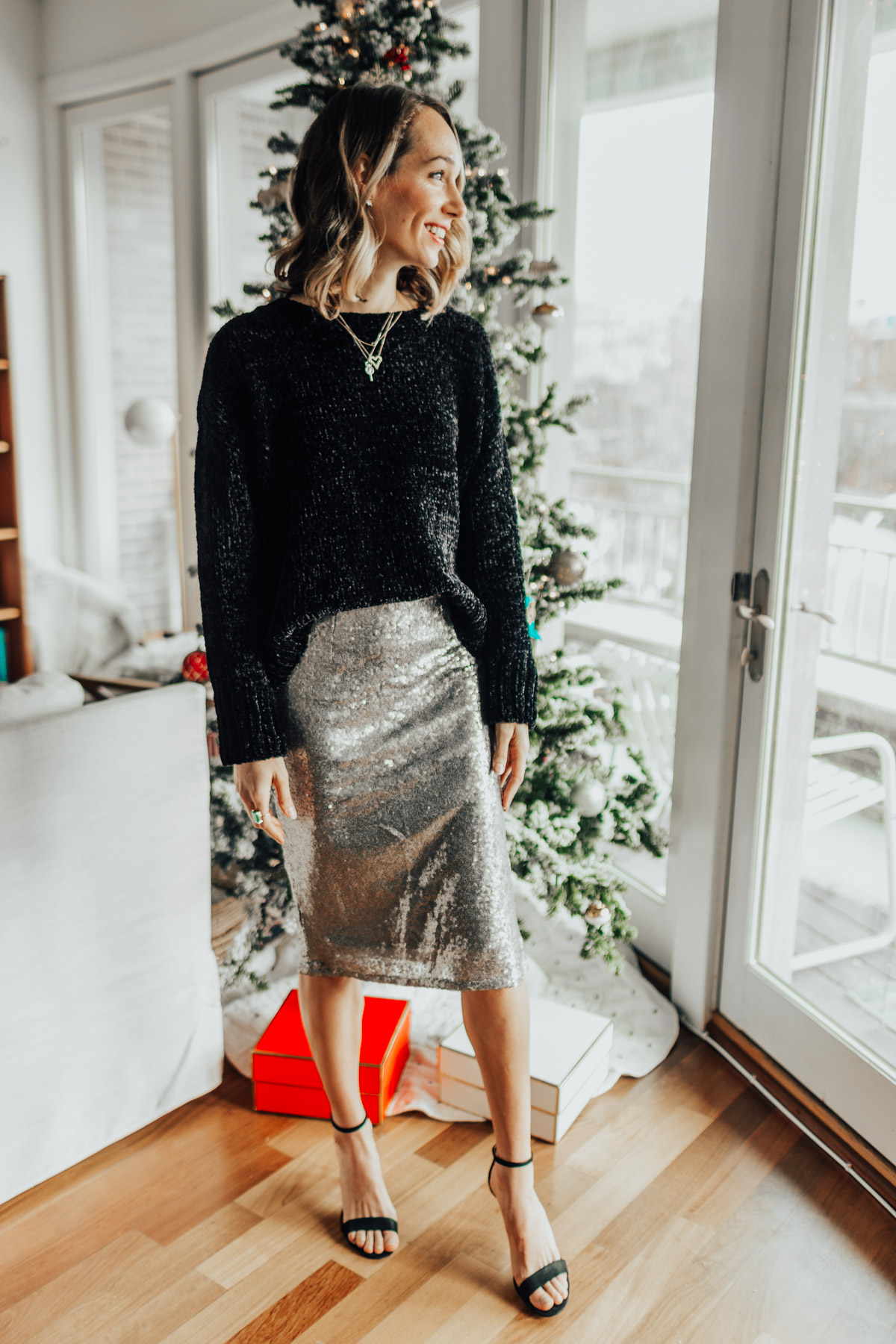
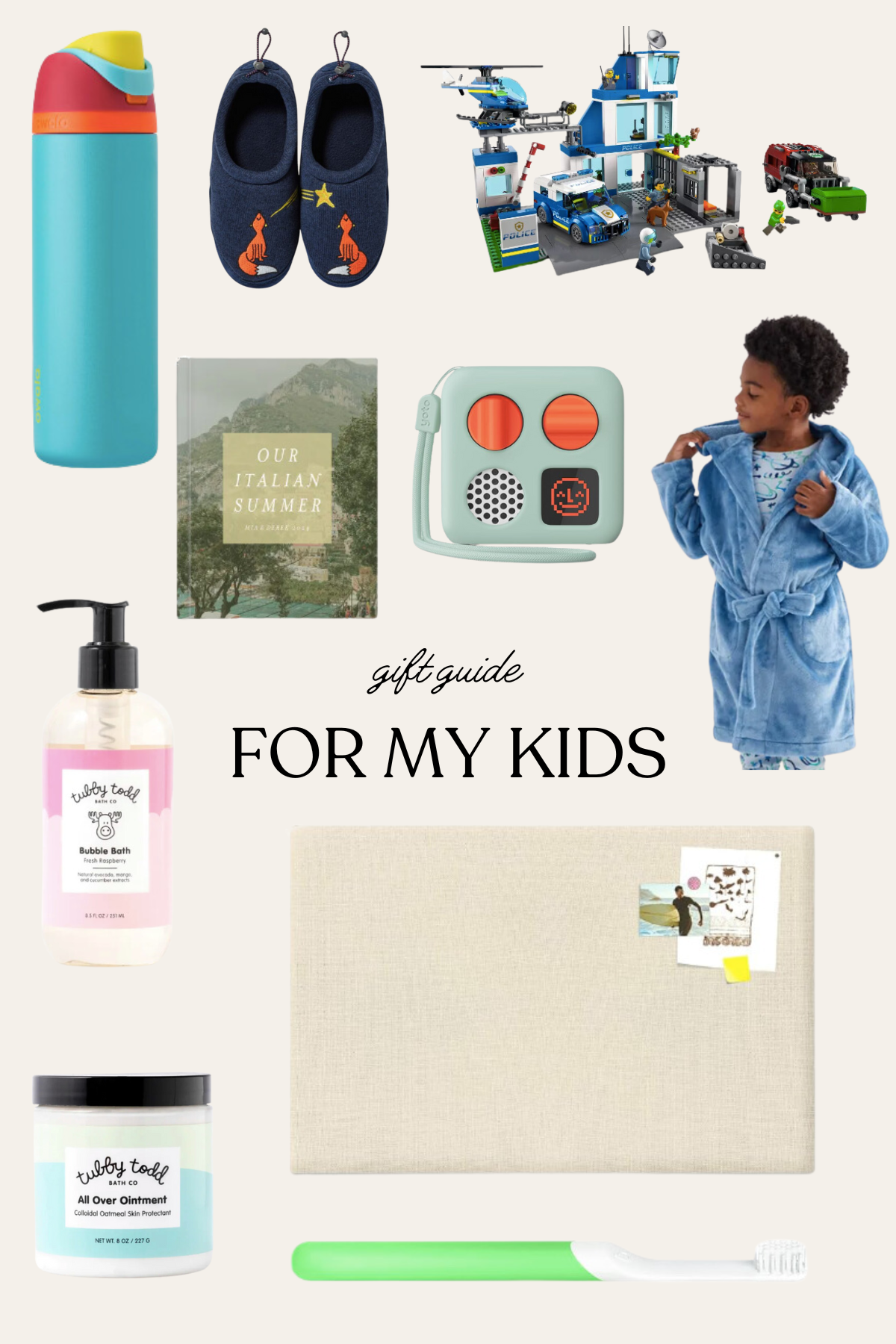
You must be logged in to post a comment.